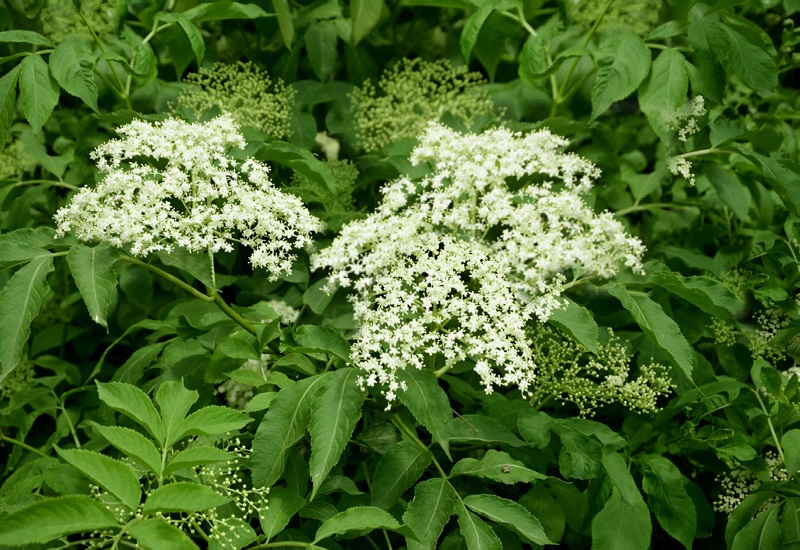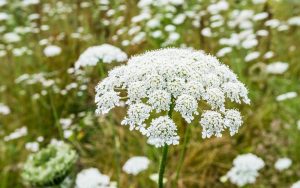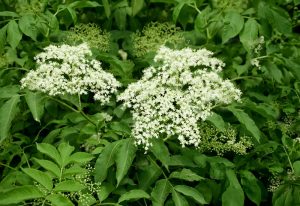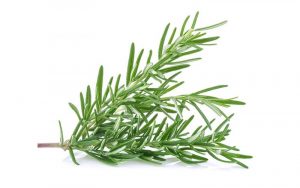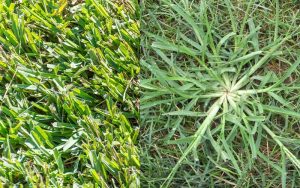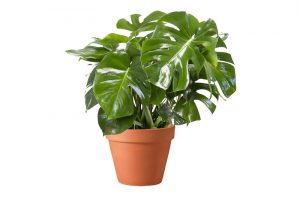When most people think of elderberries, they envision large shrubs or small trees that have clusters of deep blue or blackberries that can be eaten or used to make juice and other products.
In reality, there are many plants that look like elderberries, some of which are safe to eat and others that must be avoided because they are toxic to humans and animals alike.
While the berries look similar across different species, the flowers, leaves, and stems look very different from one plant to another, so it’s important to know what your plants look like before you try to harvest them for any reason.
Elderberry Plant and Fruit
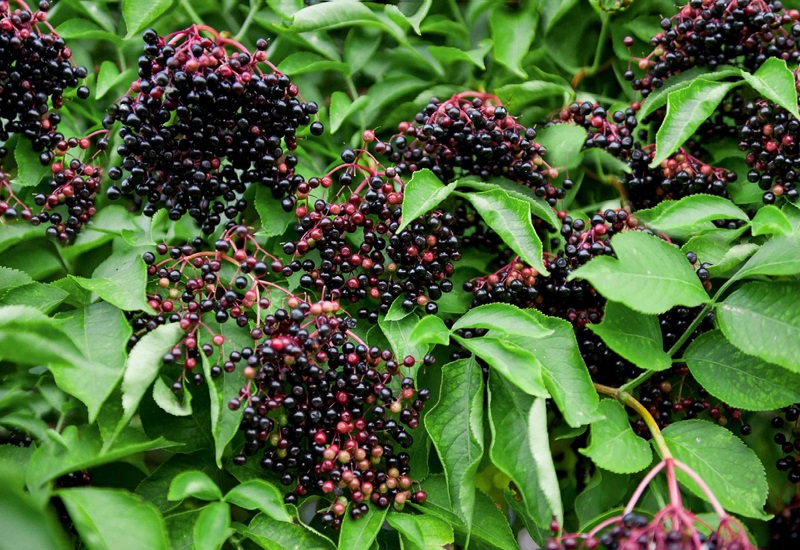
The elderberry plant is a deciduous shrub that can grow up to 10 feet tall. The leaves are alternate, simple, and pinnately lobed with serrated margins. The flowers are small and white, borne in clusters. The fruit is a dark purple berry that is round and fleshy.
The elderberry plant is native to Europe, North America, and Asia. It has been introduced to Australia and New Zealand. The plant prefers full sun and moist soils. It is tolerant of drought and frost.
The elderberry plant is used for ornamental purposes and for its fruit, which can be made into jams, jellies, pies, wine, and cordials.
How to grow?
Elderberries are propagated by seed or by root cuttings taken in the autumn. They will produce a crop after 3-4 years from planting, so they should not be grown close to buildings or other plants where they will quickly outgrow them.
They prefer good drainage but also need plenty of water during dry spells; both heavy rain and hot sunshine will make them flower better. Once established, they have few pests or diseases that affect them badly.
Elderberries should not be eaten raw because their low sugar content means they can easily ferment, causing food poisoning. Cooking reduces this risk significantly, as does adding lemon juice to the mix before eating it; boiling destroys any remaining traces of fermentation.
6 Fascinating Plants that Look Like Elderberry
1. Pokeweed (Phytolacca Americana)
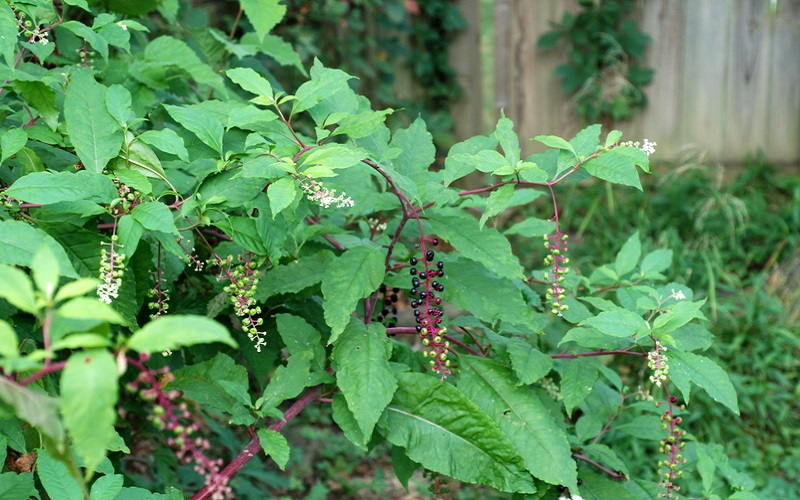
Elderberry (Sambucus nigra) is a member of the Caprifoliaceae family, which also includes honeysuckle (Lonicera spp.) and teasel (Dipsacus spp.). Pokeweed (Phytolacca americana), on the other hand, is a member of the Phytolaccaceae family.
While pokeweed and elderberry may not be closely related, they do share some similarities. Both plants have leaves with five leaflets, berries that change color as they ripen, and berries whose flavor can range from pleasant to mildly toxic.
One way to tell them apart? Pokeweed has milky sap while elderberry does not. The two plants are similar in size, and both produce seeds. And one way to tell them apart? There’s a slight difference in the taste of their berries-pokeweed tastes slightly more bitter than elderberry’s slightly sweet-tart flavor.
How to grow?
Plant elderberries in well-drained soil and fertilize sparingly, or plant pokeweed in shady, moist areas with organic matter mixed into the soil; it needs less water and fertilizer than most plants.
If you don’t mind taking care of your plants by watering them often during dry spells, then go for an elderberry bush. If you’re looking for something less work or live in a hot climate where water isn’t readily available, then try planting pokeweed instead.
2. Pokeberry Plant
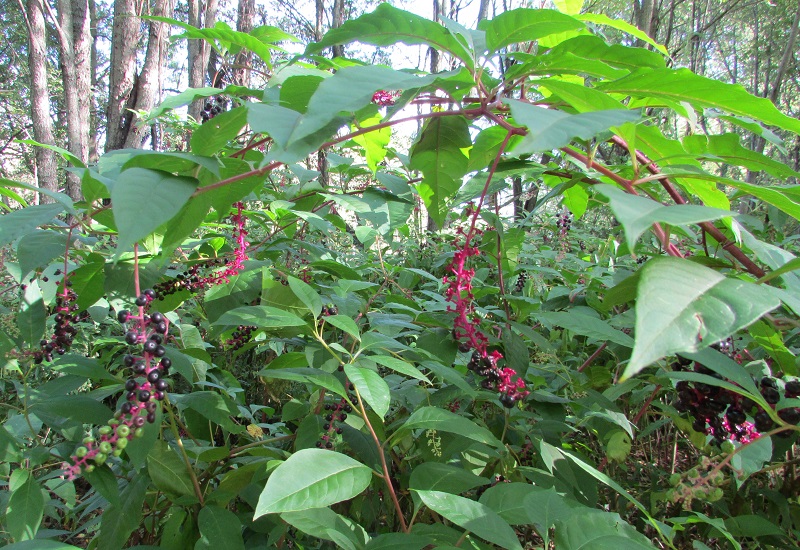
Pokeberry (Phytolacca americana) is a perennial plant in the pokeweed family. The berries are shiny and black, and the plant can grow up to 10 feet tall. Poke Berries are poisonous to humans, but birds love them.
They have been traditionally used for everything from arthritis to weight loss, though there’s no scientific evidence of their effectiveness. Getting rid of this stubborn weed is difficult because it resprouts after being cut back. It also reproduces by spreading its rhizomes around, so be careful where you put your foot if you go hiking near one.
3. Aralia Spinosa Plant
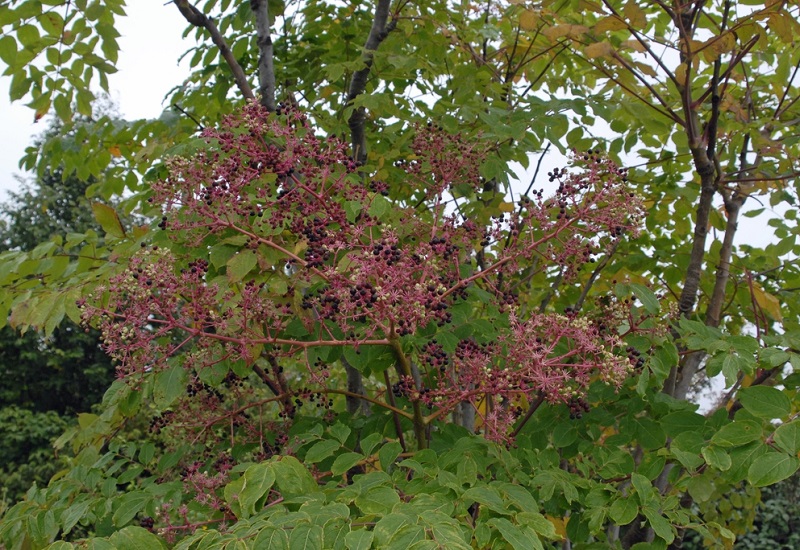
Aralia spinosa, commonly known as devil’s walking stick, is a herbaceous perennial plant in the genus Aralia. The plant is native to eastern Asia, where it is found in China, Japan, and Korea. The species is also naturalized in parts of Europe and North America.
The plant grows to a height of 3–8 m (10–26 ft), with large compound leaves and clusters of small white flowers. The fruit is a black drupe. The name devil’s walking stick derives from this plant’s tendency to grow back vigorously after being cut down.
The foliage has been used for food in some cultures, but there are no records of its use by Native Americans for either food or medicine. It is most likely toxic due to its high concentration of oxalic acid, an extremely potent chemical. Devil’s walking stick thrives on nitrogen-rich soils and grows best in moist locations.
How to grow?
Plant these perennials in a location with partial shade, rich soil, and consistent moisture. They will thrive outdoors during the summer months and need protection indoors during winter months if you live in USDA hardiness zones 7-9.
These plants are so easy to care for. Plant them now. That way, they can bloom their happy heads off all season long. Let them have enough room to grow their big leaves outwards, away from each other, so they can be visible through the gaps between.
4. Water Hemlock
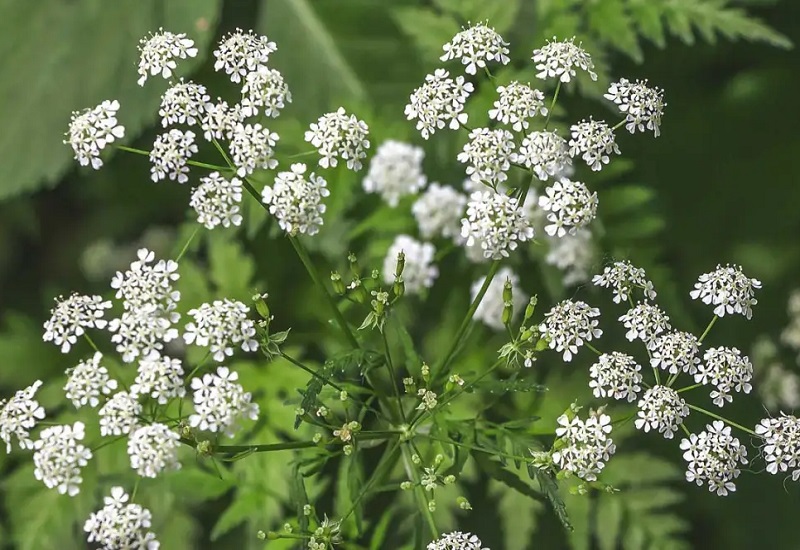
If you’re ever lucky enough to spot water hemlock in the wild, don’t pick it. This pretty plant is actually incredibly poisonous. All parts of the water hemlock are toxic, and just a small amount can be deadly. Symptoms of water hemlock poisoning include nausea, vomiting, seizures, and even death.
So admire this plant from a distance and enjoy its beauty without putting yourself in danger. Its flowers range from white to pink and grow up tall stalks that may reach 3 feet tall, with leaves shaped like arrowheads. It blooms in late spring through early summer.
One could confuse poison ivy for water hemlock because they look so similar. Poison ivy is not quite as tall as water hemlock and has hairy, pointed leaves. The best way to avoid getting a rash? Stay away from plants that look like elderberries.
5. Blue Elderberry
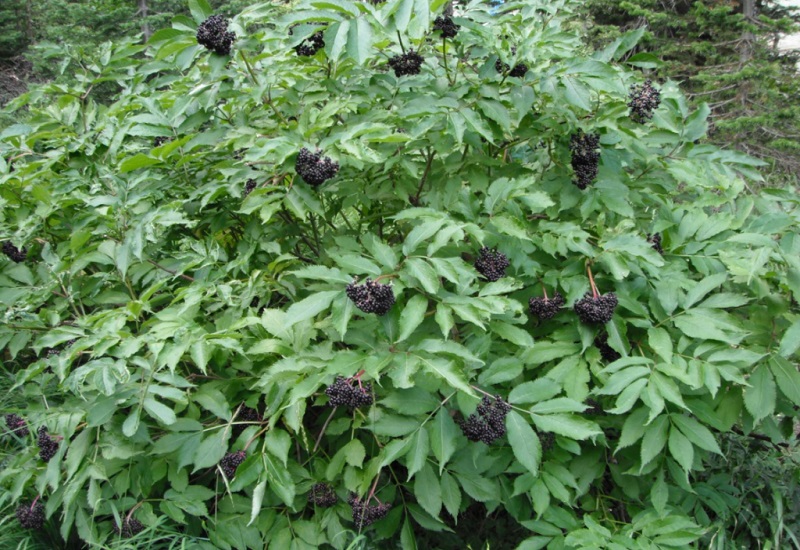
The blue elderberry is a beautiful shrub that can grow up to six feet tall. It has lovely blue-violet flowers and dark blue berries. The berries are edible and can be used to make jams, pies, and wine. The blue elderberry is native to North America and can be found in the western United States and Canada.
One of its most interesting features is that it produces different colored leaves at different times of the year; for example, it will have green leaves in spring and fall and red leaves during winter. If you want to buy some blue elderberries for your garden, look for this species from nurseries near you or order them online.
How to grow?
The best time to plant is in the early spring or late summer, but they can also be planted any time of year if given protection from cold weather. Blue elderberries require well-drained soil with plenty of sunlight so they will produce healthy plants. They should also not be overfed because they’re prone to diseases when there’s too much water around their roots.
6. Dogwood Fruit
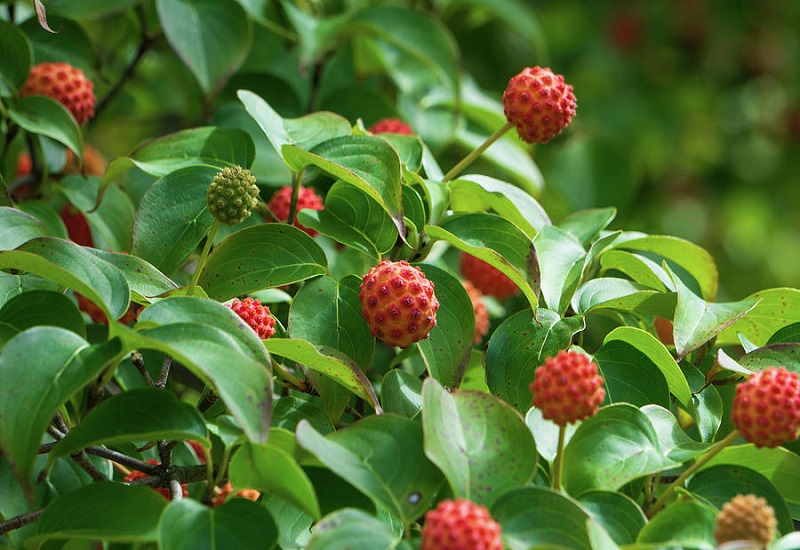
The dogwood fruit is a small, red berry that grows on the Dogwood tree. The berries are poisonous to humans but are safe for birds to eat. The Dogwood tree is native to North America and can be found in wooded areas across the continent.
The tree gets its name from the fact that its wood is very hard and was once used to make dogs’ collars. The Dogwood tree is also known for its beautiful flowers, which bloom in the springtime. These flowers produce more pollen than any other flowering plant in the United States.
Many insects love these blooms and their fuzzy petals, including bees, butterflies, moths, and beetles. Dogwoods come in many different colors: white (lenticellata), pink (Rubra), purple (Variegata), or pale yellow-green (Florida).
White dogwoods are popular for landscaping because they have few thorns and do not shed leaves easily during winter. Purple ones have clusters of rich-colored blossoms, which makes them ideal for cut flowers or as ornamental shrubs. Pink ones grow as large bushes with a heavy snow load.
Conclusion
Elderberry is a beautiful plant that has many interesting doppelgangers. All of the plants on this list share similar features with elderberries, making them easy to mistake for one another.
However, each plant has its own unique qualities that make it special. So, next time you see a plant that looks like elderberry, take a closer look and see if you can identify it.
If any other fascinating plants that look like elderberries are not on our list, please leave us a comment below. We love learning about new creatures, so we’d love to hear about your experiences.
Also, don’t forget to check out our other articles for more information about fascinating plants worldwide.
